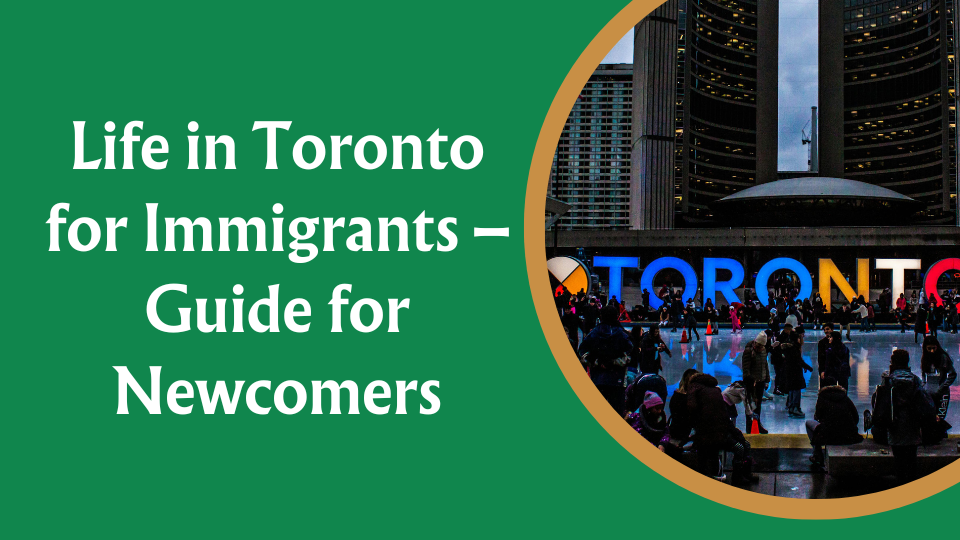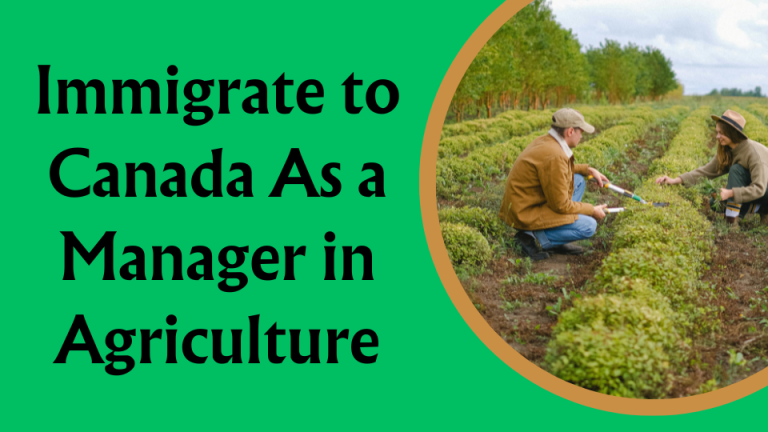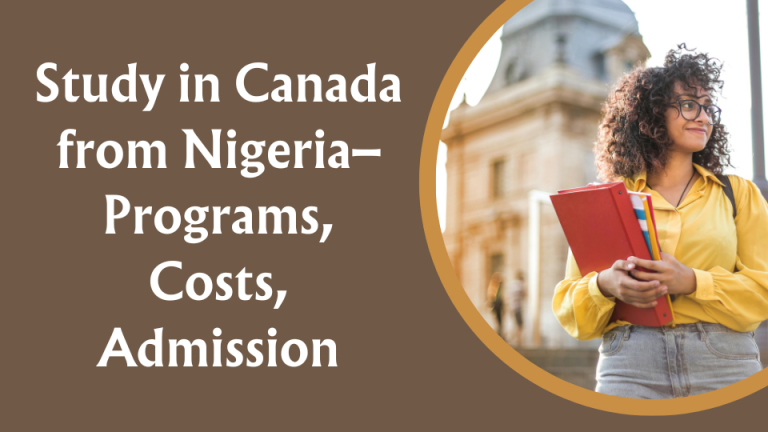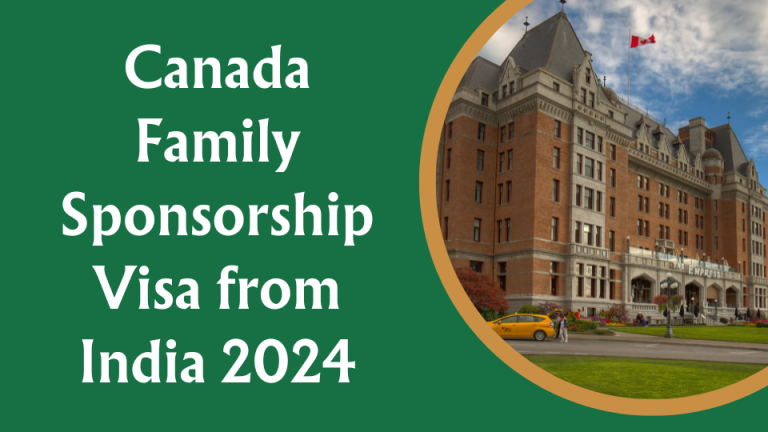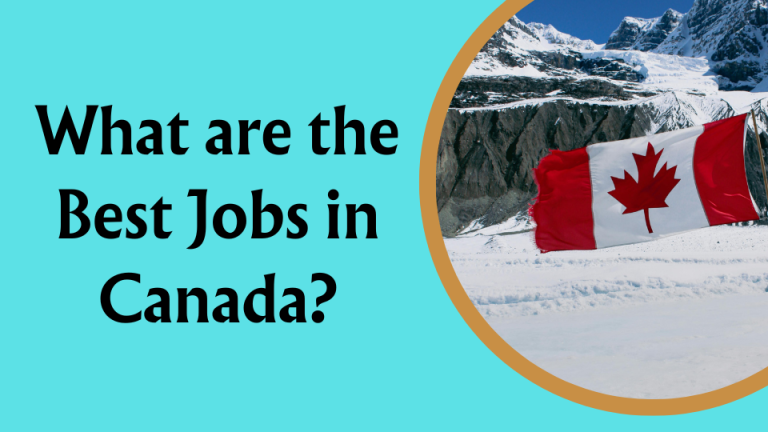Life in Toronto for Immigrants – Guide for Newcomers
Life in Toronto for immigrants offers diversity and opportunity within a vibrant cityscape. Newcomers find a welcoming blend of cultures, languages, and communities.
Settling in Toronto, one of the most multicultural cities in the world, presents both exciting prospects and typical urban challenges for immigrants. The city extends a mosaic of neighborhoods, each with its unique character, echoing the cultural richness from all corners of the globe.
Immigrants can take comfort in the robust support systems, including settlement services, language classes, and employment resources specifically aimed to assist their transition. Toronto’s job market is dynamic, with opportunities spanning various industries, which is encouraging for those looking to build their careers. Educational institutions in Toronto are renowned, providing children and adults with quality learning experiences. The healthcare system is accessible and comprehensive, contributing to the city’s high quality of living. Nevertheless, newcomers should prepare for the high cost of living and competitive housing market. Life in Toronto for immigrants is a journey of embracing a new community while contributing to its diverse tapestry.
1. Introduction To Toronto
Welcome to Toronto, the vibrant heart of Canada’s diversity and culture. This bustling metropolis is not just Canada’s largest city—it’s a place where dreams take flight amidst skyscrapers and heritage buildings. With open arms, Toronto invites newcomers to immerse themselves in its dynamic urban tapestry. Let’s peel back its layers together.
READ MORE: Italy Seasonal Work Visa 2024 Application Process
History And Culture
Toronto’s rich tapestry weaves tales of First Nations people, European settlers, and waves of global immigrants. Each story adds colour to the city’s multicultural mosaic. Historic landmarks like the Distillery District and the St. Lawrence Market are not mere tourist spots. They are time capsules preserving Toronto’s transformation from a small colonial town into today’s cultural giant.
- Festivals celebrate traditions from around the world.
- Renowned museums, such as the Royal Ontario Museum, showcase global art and natural history.
- Neighbourhoods reflect the city’s multicultural spirit, each with its unique flavour.
Demographics And Diversity
The social fabric of Toronto is as diverse as its population. With people from over 200 distinct ethnicities, the city bustles with a cultural diversity that’s unmatched. This melting pot is evident in the statistics—nearly half of Toronto’s residents are born outside of Canada. This diversity fuels the city’s innovative and creative spirit.
| Statistic | Description |
|---|---|
| Population | 2.9 million+ |
| Languages | Over 160 languages spoken |
| Immigrant Population | About 50% |
Here, you’ll find community centers and ethnic neighborhoods such as Chinatown, Little Italy, and Greektown. These places are more than areas; they’re hubs of cultural exchange and business, showcasing culinary delights, and artisan stores. For newcomers, this means endless opportunities to blend in and make connections in a city that prides itself on inclusivity.
2. Preparing For Your Arrival
Visa And Immigration Requirements
Understanding Canada’s visa and immigration policies is crucial. Start by visiting the Immigration, Refugees and Citizenship Canada (IRCC) website. Check the type of visa you need based on your purpose of stay.
- Collect all necessary documents.
- Schedule any required medical exams.
- Plan ahead for processing times.
Finding Accommodation
Securing a place to live is one of your biggest priorities. Research different neighborhoods to find one that suits your lifestyle and budget. Utilize online resources like Craigslist, Kijiji, and PadMapper.
| Accommodation Type | Pros | Cons |
|---|---|---|
| Apartments | Affordable, numerous options | Smaller space |
| Houses | Spacious, family-friendly | Higher cost |
Financial Considerations
Managing your finances effectively is vital. Start by setting up a Canadian bank account early. Familiarize yourself with the cost of living in Toronto. Budget for expenses such as housing, food, transportation, and healthcare.- Explore different banking options.
- Understand the tax system in Canada.
- Consider the need for emergency funds.
3. Navigating Toronto’s Neighborhoods
READ MORE: Immigrate to Canada as an Architect – Full Process
Downtown Core
The heart of Toronto beats in the Downtown Core. Skyscrapers and bustling streets define this area. It’s perfect for those who love the city vibe.- Bustling business district
- Endless entertainment options
- Access to transit hubs
Suburban Areas
Looking for a quieter pace? Check out the suburban areas.
| Suburb | Highlights |
|---|---|
| Scarborough | Rich in nature, family-friendly |
| North York | Mix of urban and residential |
| Etobicoke | Spacious parks, good schools |
Ethnically Diverse Communities
Toronto is a cultural mosaic. Many communities celebrate this diversity.- Chinatown: Vibrant streets, authentic cuisine
- Little Italy: Cozy cafés, rich history
- Little India: Colorful markets, exotic flavors
4. Employment Opportunities
Job Search Strategies
Finding work in a new city starts with a plan. In Toronto, align your job hunt with your skills and interests.
- Online Job Portals: Sites like Indeed, Monster, and LinkedIn list many Toronto jobs. Use filters to narrow your search.
- Government Resources: The Job Bank and Service Canada offer job listings and advice.
- Local Newspapers: The ‘Toronto Star’ and ‘The Globe and Mail’ have job sections. They list openings weekly.
- Community Boards: Visit local community centers. They have notice boards with job flyers.
Networking And Professional Associations
Connections can lead to opportunities. In Toronto, networking is key.
- Attend Events: Join meetups, seminars, and workshops. These are great places to make contacts.
- Use Social Media: LinkedIn is the top professional network. Connect with industry professionals here.
- Join Associations: Many fields have professional groups. They offer resources and networking events.
- Volunteer: Give time to causes you care about. Volunteering can grow your network and showcase your skills.
Recognizing Foreign Credentials
Your skills and education from home can help in Toronto. First, you need to get your credentials recognized.| Step | Action | Details |
|---|---|---|
| 1 | Assessment | Get your certificates evaluated by agencies like WES or ICES. |
| 2 | Upgrade | If needed, take additional courses at colleges or universities. |
| 3 | Apply | Once recognized, apply for jobs that match your skillset. |
5. Education And Healthcare
READ MORE: Cleaning Jobs With Visa Sponsorship in USA – Apply Today
School Options For Children
Your children have many schools to choose from. Public, Catholic, and private schools are available. Each offers excellent programs.
- Public schools: No fees for residents. They offer diverse programs.
- Catholic schools: Open to all, with religious education included.
- Private schools: Independent funding, often with specialized curricula.
Post-secondary Institutions
Toronto is home to world-renowned universities and colleges. International students find these institutions inviting and challenging.
- University of Toronto – A global leader in research and teaching.
- Ryerson University – Known for innovation and career-focused programs.
- George Brown College – Offers hands-on experience and skills training.
Accessing Healthcare Services
Health care in Toronto is universal and publicly funded. Newcomers with permanent resident status can apply for the Ontario Health Insurance Plan (OHIP).
| Service | Description | How to Access |
|---|---|---|
| OHIP Coverage | Basic health services | Apply with residence proof |
| Walk-in Clinics | Non-emergency care | No appointment needed |
| Hospitals | Emergency care | Accessible 24/7 for emergencies |
6. Transportation And Getting Around
Public Transportation
The Toronto Transit Commission (TTC) is the heart of public transport. It provides subways, buses, and streetcars that cover the city.- Subway system: Spans the city with four lines.
- Buses and streetcars: Fill in the gaps, with frequent stops.
- Presto card: A reusable payment card for fares.
Driving And Car Ownership
In Toronto, driving can be convenient for longer distances. New residents can use their foreign driver’s license for a short period. Afterwards, transitioning to an Ontario driver’s license is required.
| Requirement | Description |
|---|---|
| Insurance | Mandatory for all vehicle owners |
| Car Registration | Required with the province |
Be aware of parking regulations and peak traffic hours to avoid delays and fines.
Cycling And Walking
Toronto is becoming more bike-friendly with dedicated bike lanes. Using the Bike Share Toronto program is a budget-friendly option. Sidewalks and pedestrian paths are also well-maintained. They provide a pleasant walking experience. It’s a popular choice in neighborhoods like The Annex or Kensington Market.
- Bike lanes: Separate from car traffic
- Bike maps: Guide for safe cycling routes
- Walking: Encouraged in pedestrian-friendly areas
7. Cultural Integration And Social Life
Cultural Festivals And Events
Toronto’s calendar is brimming with cultural festivities that showcase its multicultural heritage. Each event is a vibrant display of music, dance, and culinary delights from around the globe.
- The Toronto Caribbean Carnival
- Taste of the Danforth
- The Toronto International Film Festival (TIFF)
Joining Community Groups
Community groups provide a supportive space to meet locals and expats alike.
| Activity Type | Groups to Consider |
|---|---|
| Sports | Toronto Sports and Social Club |
| Language Exchange | Conversation Exchange Toronto |
| Volunteering | Volunteer Toronto |
Joining can ease the transition and build a sense of belonging.
Exploring Toronto’s Arts And Entertainment Scene
The arts and entertainment in Toronto are as diverse as its residents.
- Visit renowned museums like the Royal Ontario Museum (ROM).
- Enjoy live performances at the Scotiabank Arena.
- Wander through the Distillery Historic District for unique art shops.
8. Settling In For The Long Term
READ MORE: How To Apply For A UK Seasonal Worker Visa From Bangladesh
Citizenship And Permanent Residency
Securing a place in Canada’s future often starts with permanent residency (PR). As a PR, you enjoy most of the same rights as citizens, including healthcare coverage and right to work. Here are steps to transition towards citizenship:
- Check eligibility: Meet the required time lived in Canada and other criteria.
- Gather documents: Birth certificates, passports, and PR cards are essential.
- Language proficiency: Prove your skills in English or French.
- Application process: Complete and submit the citizenship application.
Becoming Involved In The Community
Building connections within your local community is a fulfilling way to integrate. Consider engaging in various activities to meet new people:
- Join local clubs or groups that match your interests.
- Volunteer at community centers or charitable organizations.
- Participate in neighborhood events to celebrate local culture.
8.3 Balancing Canadian And Cultural Identities
Embracing Canadian values while maintaining your cultural heritage is a unique journey. Here are ways to achieve balance:
| Canadian Lifestyle | Cultural Heritage |
|---|---|
| Learn about Canadian traditions | Participate in cultural festivities |
| Explore local cuisines | Cook traditional dishes |
| Understand local governance | Share stories from your homeland |
Enduring the challenges of settling in a new city, immigrants in Toronto have a vibrant future ahead. This guide aims to ease your transition, offering key insights into life in this dynamic metropolis. Embrace the diversity, resources, and opportunities Toronto provides, and watch your new life blossom with potential.
